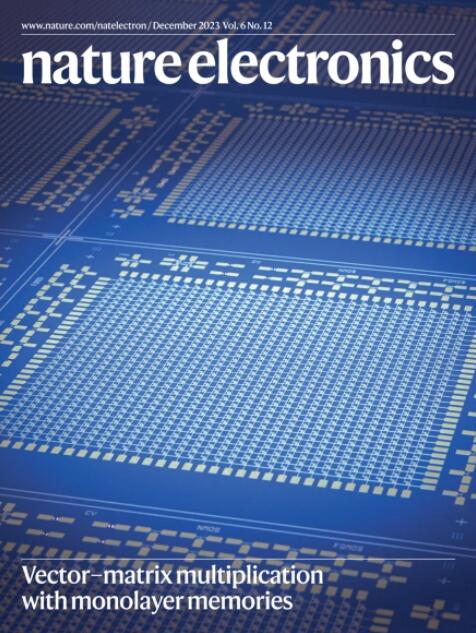皮肤电活动作为身体和精神活动中汗率监测的代理
IF 40.9
1区 工程技术
Q1 ENGINEERING, ELECTRICAL & ELECTRONIC
引用次数: 0
摘要
长期以来,皮电活动一直被用于心理活动监测,方法是测量汗腺密度高的特定部位(如指尖)的皮肤电导。然而,皮电活动并不被认为对身体活动监测有用,因为身体活动会产生大量汗液,导致汗液在皮肤电极界面积聚,从而阻止对出汗事件的进一步动态反应。在这里,我们表明,在低和高体力活动水平下,皮肤电活动可以作为汗液损失测量的代理。我们使用由透水电极和基于微流体的汗液分析仪组成的可穿戴式汗液传感器,并显示皮肤电导与瞬时汗液损失成正比。我们证明,运动期间的出汗损失可以通过整合皮肤电导来估计,这可以用于评估锻炼者的身体水合状态。通过对多部位皮肤电导的测量,我们发现手腕、前臂和上臂反映了身体活动水平,而手指则反映了精神活动。同时测量两个不同的地点有选择地分离了精神和身体活动。本文章由计算机程序翻译,如有差异,请以英文原文为准。


Electrodermal activity as a proxy for sweat rate monitoring during physical and mental activities
Electrodermal activity has long been used for mental activity monitoring by measuring skin conductance at specific locations, such as fingertips, with high sweat gland density. However, electrodermal activity has not been considered useful for physical activity monitoring, where large sweat volumes are generated, resulting in the accumulation of sweat at the skin–electrode interface and, thus, preventing further dynamic response to sweating events. Here we show that electrodermal activity can be used as a proxy for sweat loss measurement under both low and high physical activity levels. We use wearable sweat sensors that consist of water-permeable electrodes and microfluidic-based sweat analysers, and show that skin conductance is proportional to the instantaneous sweat loss. We demonstrate that sweat loss during exercise can be estimated by integrating skin conductance over time, which can be applied to assess the body hydration status of exercisers. From multisite measurements of skin conductance, we show that the wrist, forearm and upper arm are reflective of physical activity levels, whereas the finger is indicative of mental activity. Simultaneous measurement of two different sites selectively decouples mental and physical activities. With the help of wearable sweat sensors that use water-permeable electrodes, electrodermal activity can be used as a proxy for sweat loss monitoring during both mental and physical activities.
求助全文
通过发布文献求助,成功后即可免费获取论文全文。
去求助
来源期刊

Nature Electronics
Engineering-Electrical and Electronic Engineering
CiteScore
47.50
自引率
2.30%
发文量
159
期刊介绍:
Nature Electronics is a comprehensive journal that publishes both fundamental and applied research in the field of electronics. It encompasses a wide range of topics, including the study of new phenomena and devices, the design and construction of electronic circuits, and the practical applications of electronics. In addition, the journal explores the commercial and industrial aspects of electronics research.
The primary focus of Nature Electronics is on the development of technology and its potential impact on society. The journal incorporates the contributions of scientists, engineers, and industry professionals, offering a platform for their research findings. Moreover, Nature Electronics provides insightful commentary, thorough reviews, and analysis of the key issues that shape the field, as well as the technologies that are reshaping society.
Like all journals within the prestigious Nature brand, Nature Electronics upholds the highest standards of quality. It maintains a dedicated team of professional editors and follows a fair and rigorous peer-review process. The journal also ensures impeccable copy-editing and production, enabling swift publication. Additionally, Nature Electronics prides itself on its editorial independence, ensuring unbiased and impartial reporting.
In summary, Nature Electronics is a leading journal that publishes cutting-edge research in electronics. With its multidisciplinary approach and commitment to excellence, the journal serves as a valuable resource for scientists, engineers, and industry professionals seeking to stay at the forefront of advancements in the field.
 求助内容:
求助内容: 应助结果提醒方式:
应助结果提醒方式:


